Shocking Shoki, aka The Weeb Würger~
Nakajima Ki-44 Shoki
The Nakajima Ki-44, often referred to as the "Shoki" (meaning "Devil Queller" in Japanese), was a pivotal fighter aircraft developed and produced by the Nakajima Aircraft Company during World War II. As one of the Imperial Japanese Army Air Service's (IJAAF) primary interceptors, it represented a significant shift in Japanese aviation strategy, emphasizing speed and high-altitude performance over the maneuverability that characterized earlier designs like the Mitsubishi A6M Zero. First conceptualized in the late 1930s as a response to the growing threat of Allied bombers, the Ki-44 entered service in 1942 and played a crucial role in the Pacific Theater, though its deployment was hampered by evolving wartime conditions.
The development of the Ki-44 began in 1938 when the IJAAF issued a specification for a new fighter capable of intercepting high-flying enemy aircraft, such as the American B-17 Flying Fortress and B-24 Liberator bombers. Nakajima, already experienced in building reliable radial-engine aircraft, responded with the Ki-44 prototype, which made its maiden flight in August 1940. The design team, led by engineers like Jiro Horikoshi (who is more famously associated with the A6M Zero), focused on creating a robust, high-speed interceptor. This meant prioritizing a powerful engine and streamlined aerodynamics, even if it came at the expense of agility. The Ki-44 was powered by a Nakajima Ha-41 (Army Type 1) 14-cylinder air-cooled radial engine, which produced up to 1,250 horsepower in later variants. This engine allowed the aircraft to achieve impressive speeds for its time—up to 387 mph (623 km/h) at optimal altitude—making it one of the fastest Japanese fighters of the war.
In terms of design and construction, the Ki-44 featured a low-wing monoplane configuration with a distinctive elliptical wing shape, which contributed to its excellent climb rate of over 4,000 feet per minute (1,220 meters per minute). This rapid ascent was crucial for its role as a bomber interceptor, enabling it to quickly reach altitudes above 30,000 feet (9,144 meters). The aircraft's fuselage was built from a combination of metal and fabric, with a semi-monocoque structure that provided good durability against enemy fire. Armament was another strong suit: early models carried two 7.7 mm machine guns and two 12.7 mm heavy machine guns in the wings, while later variants, such as the Ki-44-II, upgraded to two 20 mm Ho-5 cannons and two 12.7 mm machine guns for greater punch against bombers. This firepower, combined with its speed, made the Ki-44 a formidable opponent in defensive roles.
However, the Ki-44 was not without its flaws. Weighing around 5,291 pounds (2,400 kg) when fully loaded, it was heavier and less agile than the Zero, which made it less effective in dogfights against more maneuverable Allied fighters like the P-51 Mustang or F4U Corsair. Pilots often complained about its heavy controls and poor visibility from the cockpit, which was cramped and positioned far forward. Despite these shortcomings, the Ki-44's strengths shone in hit-and-run tactics and high-altitude engagements. It was deployed primarily in the defense of the Japanese home islands, China, and Southeast Asia, where it intercepted Allied bombing raids and provided escort for Japanese bombers.
Operationally, the Ki-44 saw action from 1942 until the end of the war in 1945. Its first combat engagements occurred over China and Burma, where it proved effective against slower Allied aircraft. By 1943, as the tide of the war turned against Japan, the Ki-44 was increasingly used in homeland defense, notably during the defense of Tokyo against B-29 Superfortress raids. In these battles, Ki-44 pilots achieved several notable successes, including downing multiple B-29s, but suffered heavy losses due to the superior numbers and technology of Allied forces. Production peaked in 1944, with over 1,200 units manufactured, but material shortages and Allied bombing of Japanese factories limited its numbers toward the war's end. The aircraft's legacy is that of a transitional design, bridging the gap between the agile but lightly armed fighters of the early war and the more heavily armed interceptors that Japan desperately needed.
In summary, the Nakajima Ki-44 was a high-speed interceptor that exemplified Japan's attempt to adapt to the demands of modern aerial warfare. While it didn't achieve the iconic status of the Zero, its speed, climb rate, and firepower made it a respected adversary. Today, surviving examples are rare, with a few preserved in museums like the Smithsonian National Air and Space Museum or the Imperial War Museum in the UK, serving as reminders of its role in one of history's most pivotal conflicts.
Possible Aircraft Nicknames:
*"Nakajima Beast" or "Speed Demon": These informal monikers arise from the aircraft's high speed and climb rate.
*"B-29 Hunter": This nickname is popular in historical reenactment or simulation contexts, reflecting the Ki-44's primary combat role.
C O N T R O L S
Trim : Flaps, cruising 'rotate' adjuster
VTOL : Further flaps
Specifications
Spotlights
- Ownedpilot 7 months ago
General Characteristics
- Created On Android
- Wingspan 31.2ft (9.5m)
- Length 30.3ft (9.2m)
- Height 11.1ft (3.4m)
- Empty Weight 4,463lbs (2,024kg)
- Loaded Weight 6,158lbs (2,793kg)
Performance
- Horse Power/Weight Ratio 0.246
- Wing Loading 16.7lbs/ft2 (81.7kg/m2)
- Wing Area 368.0ft2 (34.2m2)
- Drag Points 1389
Parts
- Number of Parts 61
- Control Surfaces 9
- Performance Cost 443

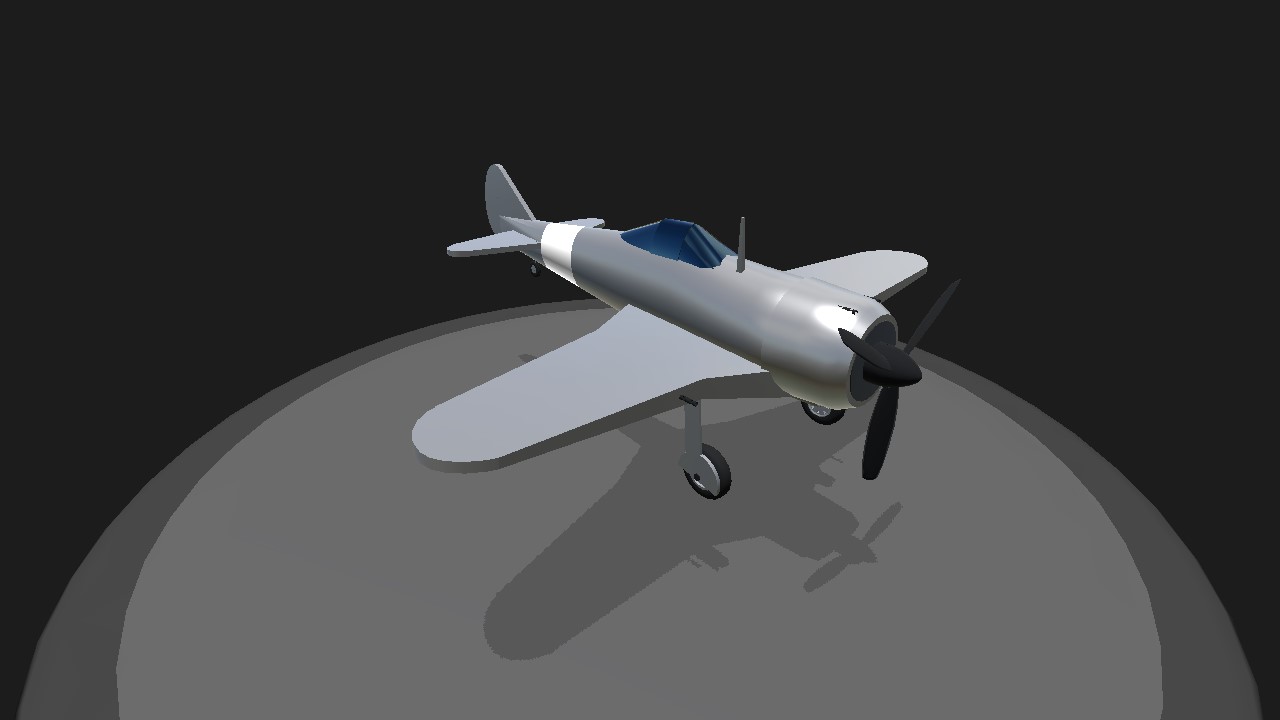
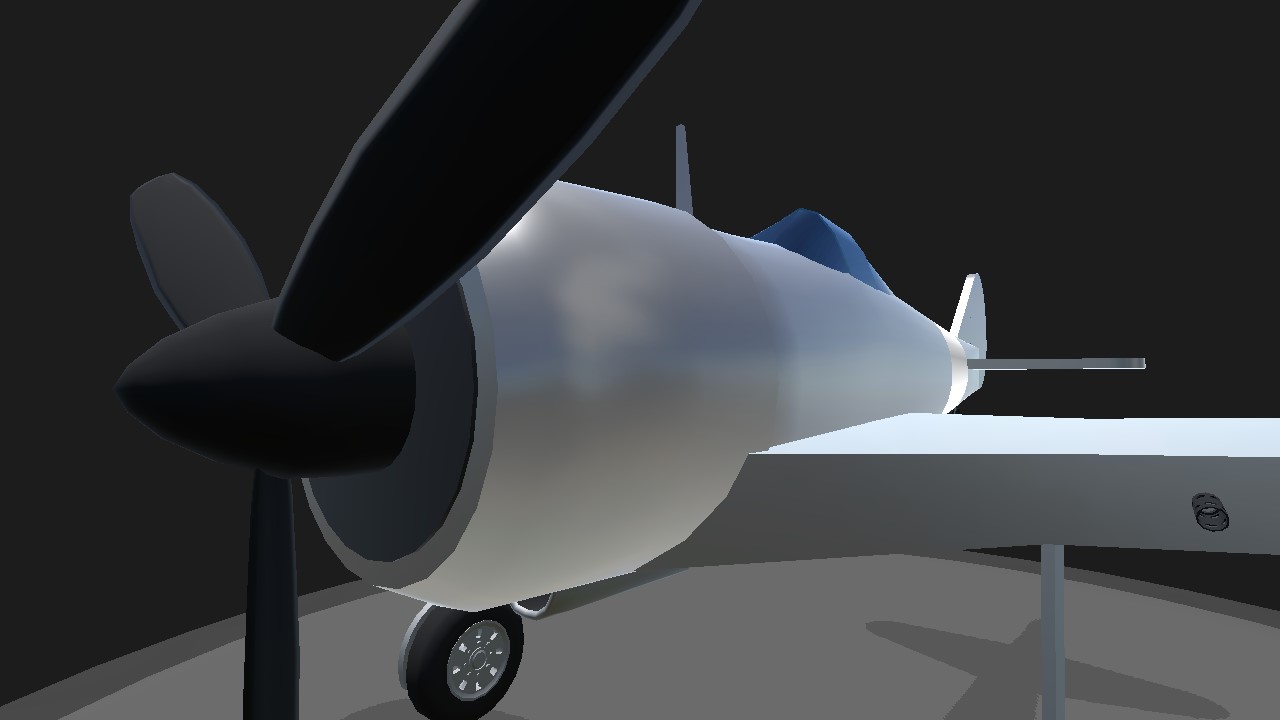
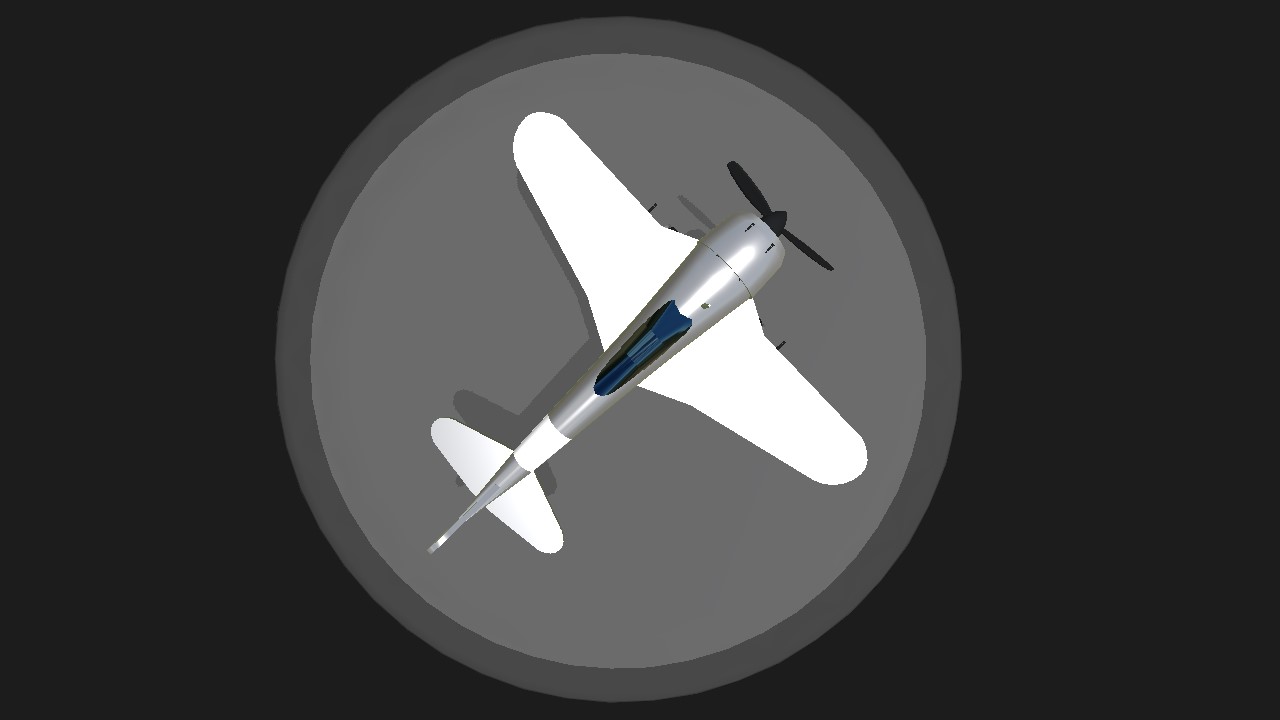

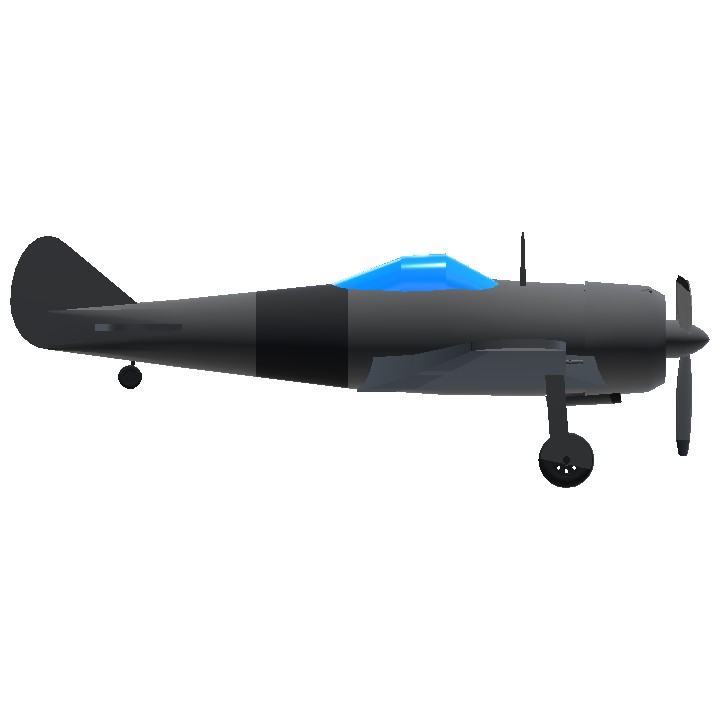
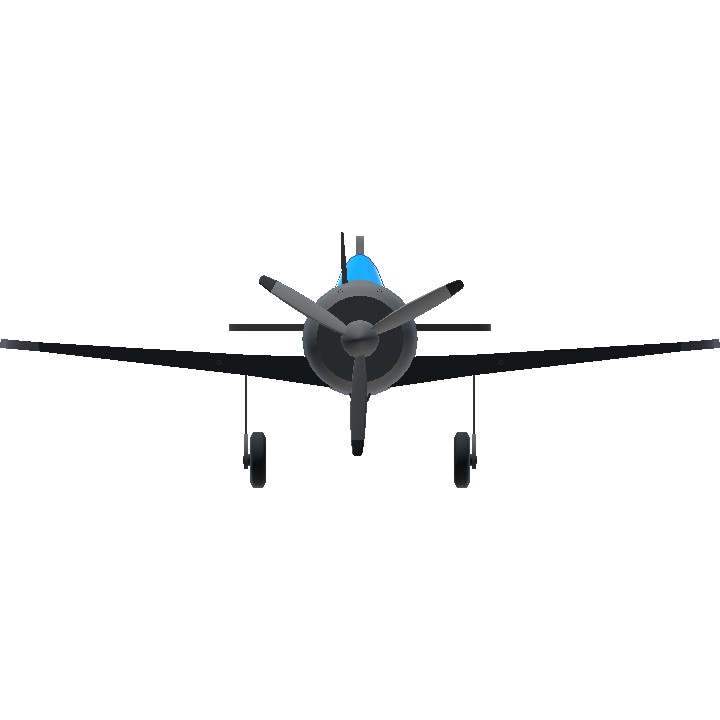
@UnitedinOne90XCVBNKA lmao
@BluesynVNA bro is a professional youtube shorts commenter 😭💀🙏🥀💔
first comments and upvotess